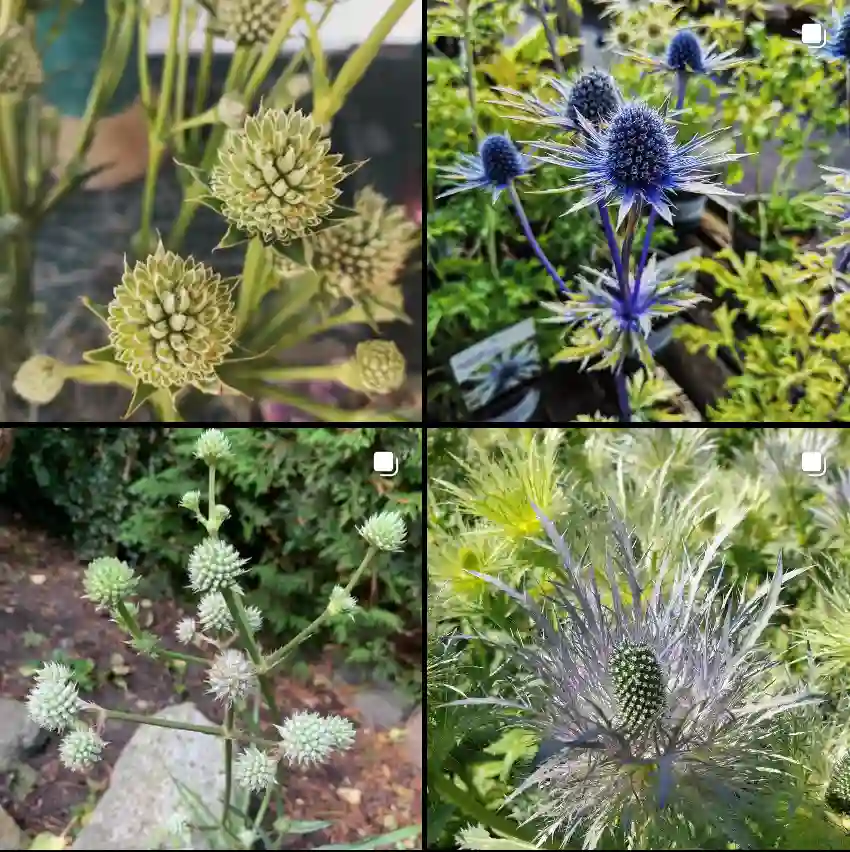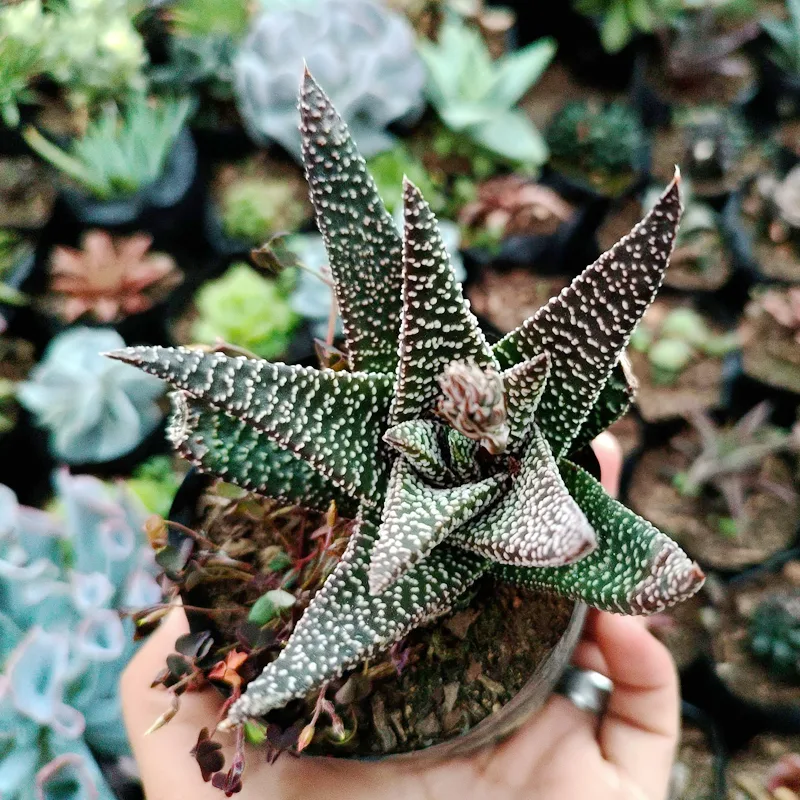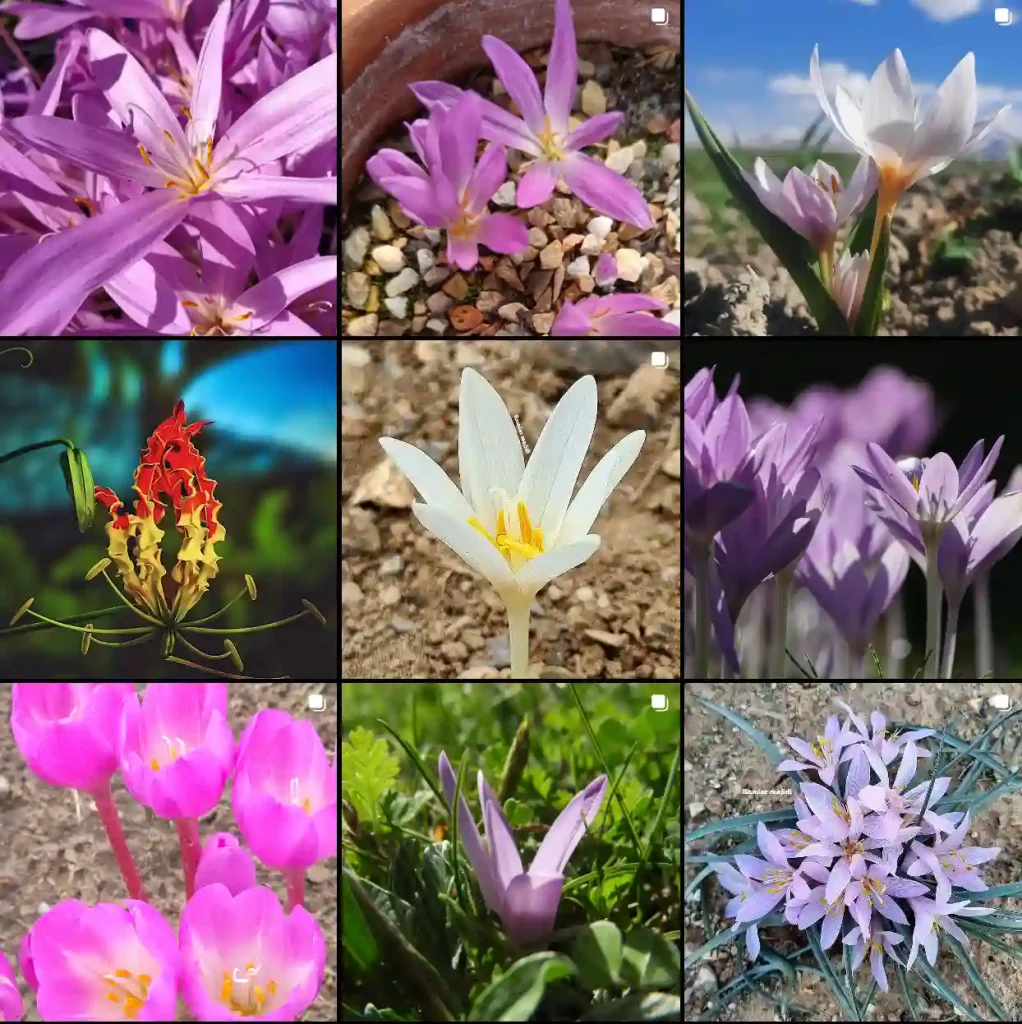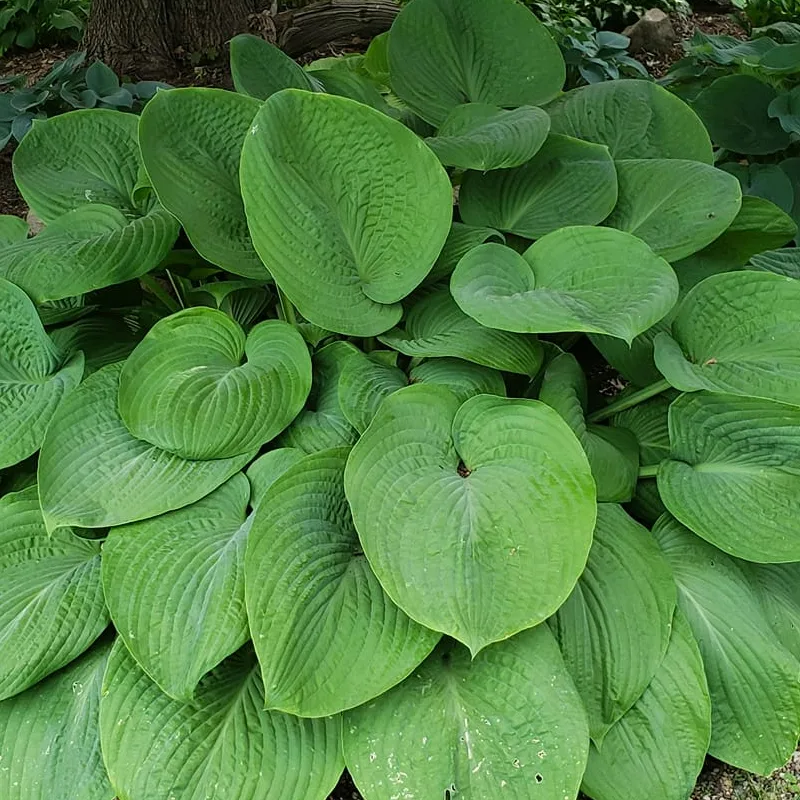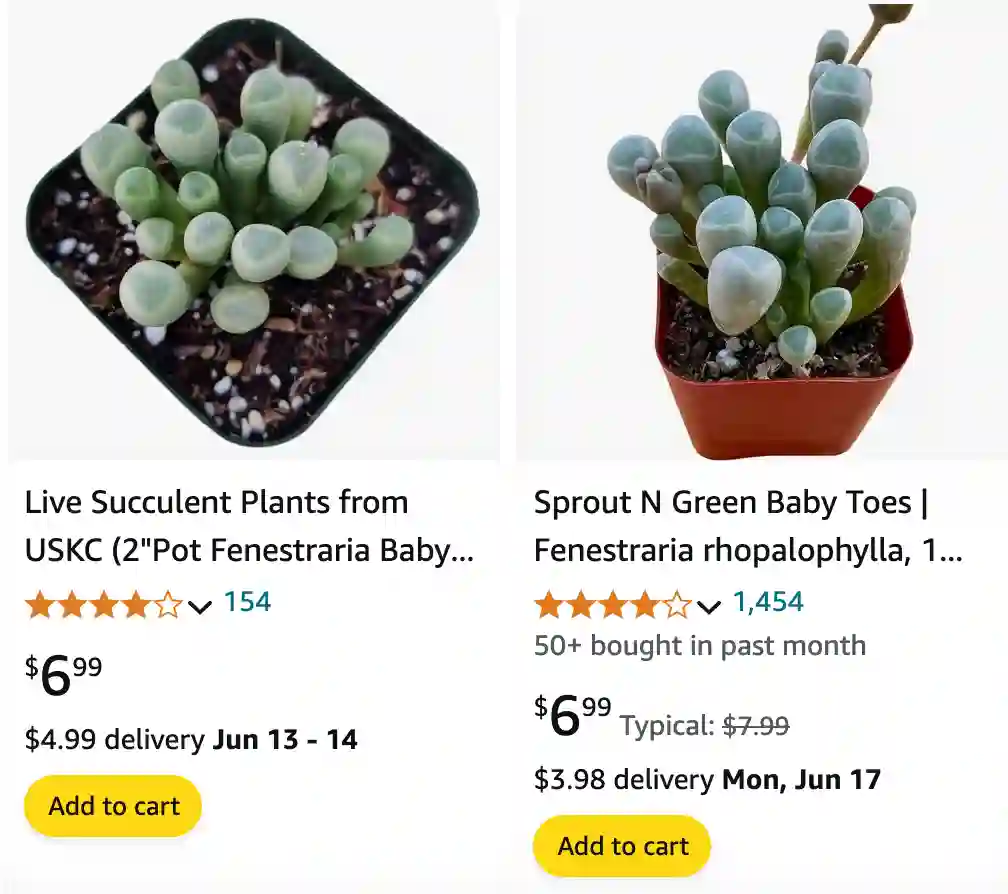
The Alluring Fenestraria Rhopalophylla: A Window to a World of Wonder
My fascination with succulents began years ago, but nothing quite captured my imagination like the Fenestraria rhopalophylla. Nicknamed “Baby Toes” for their resemblance to chubby little feet, these peculiar plants defy convention. With translucent tips peeking out from the soil like tiny windows, they seem otherworldly. But beneath their whimsical appearance lies a fascinating tale of adaptation, resilience, and a masterclass in water conservation.
What is Fenestraria Rhopalophylla?
Fenestraria rhopalophylla, part of the Aizoaceae family, hails from the arid regions of South Africa and Namibia. Unlike most succulents, these plants are happy living primarily underground. Their fleshy, finger-like leaves boast transparent areas at the tips, aptly named “fenestra” (Latin for window). This ingenious adaptation allows sunlight to penetrate deep into the plant tissues, facilitating photosynthesis even when buried beneath the scorching desert sand.
How Does Fenestraria Rhopalophylla Conserve Water?
Fenestraria rhopalophylla embodies the art of water conservation in the harshest environments. Here’s a peek into their secret strategies:
- Reduced Surface Area: By minimizing their exposed surface area, Baby Toes significantly limit water loss through evaporation. This subterranean lifestyle further shields them from the relentless desert sun.
- CAM Photosynthesis: Unlike most plants that take in carbon dioxide during the day, Fenestraria rhopalophylla employs Crassulacean Acid Metabolism (CAM). This clever trick allows them to open their stomata (tiny pores) at night, when temperatures are cooler and humidity is higher, minimizing water loss.
- Water Storage: Their plump leaves act as water reservoirs, storing precious moisture for extended periods. This internal water bank allows them to weather long dry spells without succumbing to dehydration.
What Does Fenestraria Rhopalophylla Look Like?
While Baby Toes spend most of their lives underground, their fleeting appearances above the soil are a sight to behold. The fleshy, club-shaped leaves emerge in clusters, resembling miniature green toes. The translucent windowpanes at the tips, often tinged with pink or yellow, add a touch of whimsy. During the blooming season, vibrant yellow or white flowers with numerous narrow petals emerge, adding a dash of color to the captivating display.
How to Care for Fenestraria Rhopalophylla?
Bringing a touch of the desert into your home with Fenestraria rhopalophylla is surprisingly easy. Here’s how to create the perfect environment for these resilient succulents:
- Potting: Opt for a pot with excellent drainage to prevent waterlogging, their Achilles’ heel. A terracotta pot allows for good air circulation around the roots.
- Soil: Mimic their natural habitat by using a well-draining succulent or cactus mix. Adding coarse sand or perlite to the mix further enhances drainage.
- Light: Provide plenty of bright, indirect sunlight. South-facing windows are ideal in the Northern Hemisphere, while North-facing windows are preferable in the Southern Hemisphere.
- Watering: Water deeply but infrequently, allowing the soil to dry out completely between waterings. Err on the side of underwatering, as overwatering is the most common cause of problems.
- Temperature: Baby Toes prefer warm to moderate temperatures, ideally between 65°F and 80°F (18°C – 27°C). Protect them from frost and extreme cold.
How to Propagate Fenestraria Rhopalophylla?
Propagating Fenestraria rhopalophylla is a rewarding experience. Here are two popular methods:
- Leaf Cuttings: Carefully remove a healthy leaf and allow the cut end to callous over for a few days. Plant the calloused end in a well-draining succulent mix and keep it lightly moist until new growth appears.
- Offsets: Mature Baby Toes occasionally produce offsets (pups) around the base. Gently separate the offsets from the mother plant and pot them individually using the same method as leaf cuttings.
Fenestraria Rhopalophylla: A Desert Gem for Your Collection
Fenestraria rhopalophylla is more than just a quirky succulent. It’s a testament to nature’s ingenuity and a conversation starter in any plant collection. With minimal care and the right environment, you can cultivate these captivating “windows to the desert” and bring a touch of wonder into your home. So, why not embark on this adventure and witness the magic of Fenestraria rhopalophylla firsthand?
If i die, water my plants!
